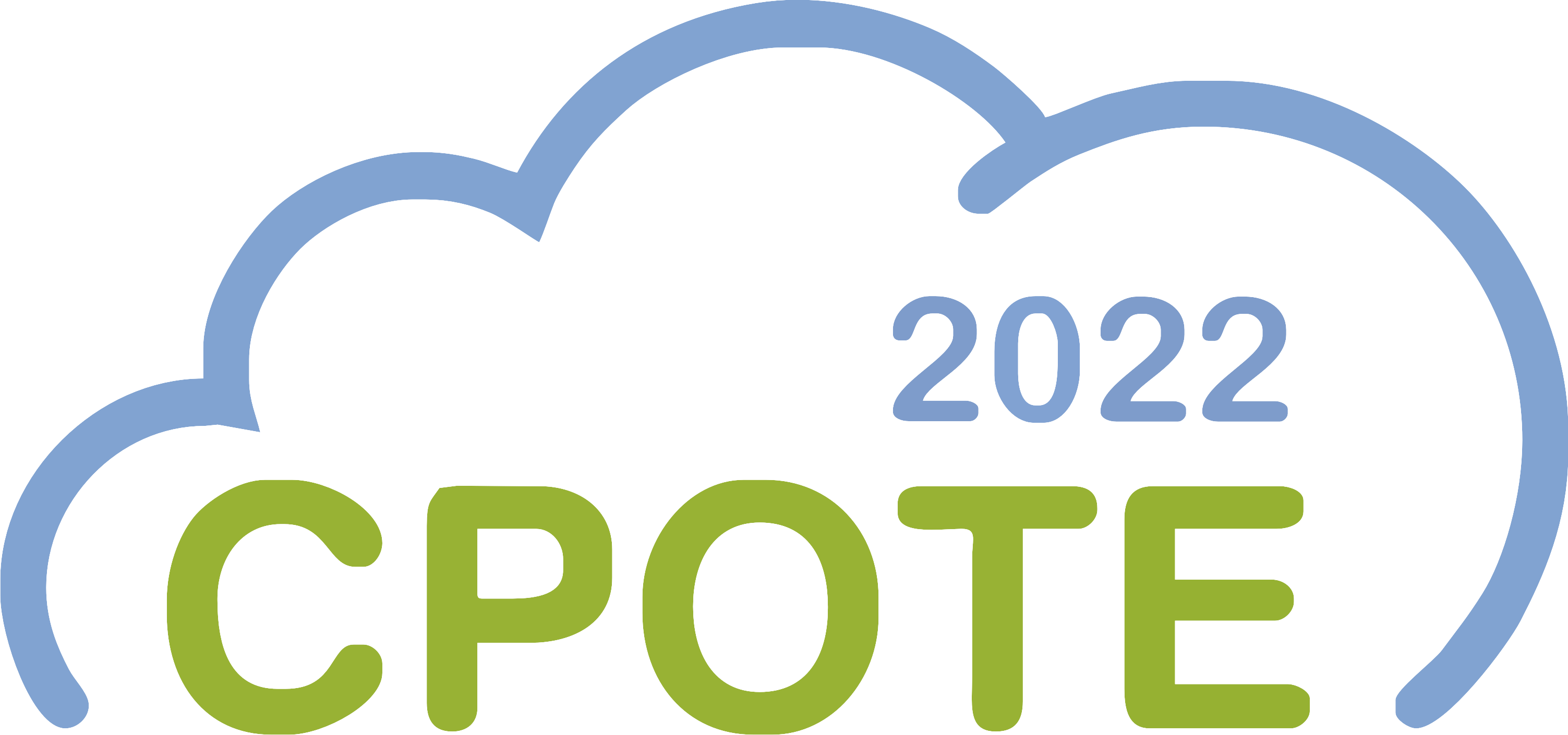
CPOTE2022
7th International Conference on
Contemporary Problems of Thermal Engineering
Hybrid event, Warsaw | 20-23 September 2022
7th International Conference on
Contemporary Problems of Thermal Engineering
Hybrid event, Warsaw | 20-23 September 2022
Abstract CPOTE2022-1019-A
Book of abstracts draft












Circular economy and hypothesis of full recycling. A 2nd lаw based estimation of limitations and obstacles
Zornitza KIROVA-YORDANOVA, University "Prof. Assen Zlatarov", Bulgaria
The recycling of materials is the basic postulate of the circular economy concept. The circular economy upper limit is the self-sustaining economy with full recycling. The full recycling idea originates from the ancient world and, depicted as a hypothetic creature ouroboros, is transformed in the next centuries in various aspects. In this work an attempt is made to analyze this hypothesis from a thermodynamic point of view and estimate to what extent it is possible to converge on the limit.
Тhe full recycling hypothesis is not again the mass and energy conservation laws, as the ouroboros, used as a simplified model, is a closed system without material and energy flows from and to the environment. From the 2nd Law of thermodynamics point of view it is a reversible system and consequently its existence is impossible. As the idea of ouroboros is the full material recycling, so at least one energy flow should enter into the system and the exergy of this energy flow would be destroyed fully or partially, thus the real process would be irreversible. Unfortunately, the full material recycling seems impossible to be implemented as a real process due to two main reasons. First is the source of exergy. The term “self-sustaining economy” can’t be defined correctly for a particular country, as some material flows (e.g. machinery, feedstock, etc.) necessary for the recycle processes implementation, could be imported from other countries. Consequently, the correctly defined “self-sustaining economy” should include the overall planet Earth economy and the exergy, necessary for recycling, could be delivery from the Sun only. The question is would be all this exergy sufficient and available for a real world circular economy with a huge number ot feedback circles of the recycling of all machinery, utilities, feedstock, etc., necessary to implement the recycling of a product.
The second limitation concerns the recyclability lack of the chemical elements and his compounds and has two aspects. The first is the physical dispersion of elements, mostly metals and their compounds into the environment. The second are the chemical and/or biochemical transformations of most nonmetals. Some rare metals dispersion in the lithosphere, phosphorus compounds in the hydrosphere and chemical and biochemical transformation of the mineral fertilizers, respectively nutrients (elements N, P and K) are analyzed as examples.
Keywords: Circular economy, Exergy, Full recycling, Recyclability, Recycling of elements